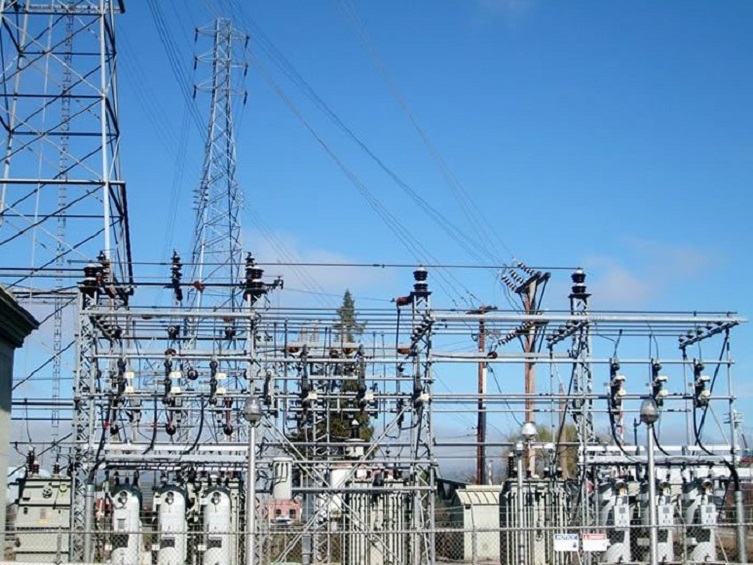On Monday, the Nigerian national grid collapsed – the fifth grid failure in 2021 and the second in less than 30 days. The collapse of the national grid has become a feature of the Nigerian power sector. According to 2020 data from the Transmission Company of Nigeria (TCN), from 2013 when the electricity sector privatization was completed to 2020, the grid failed 84 times and partially collapsed 43 times. The recent collapse brings it to a total of 132 times since 2013.
These collapses have made electricity transmission in Nigeria akin to the story of Humpty Dumpty, the nursery school rhyme character who “sat on the wall and had a great fall,” and it turned out “all the king’s horses and all the king’s men could not put Humpty together again.”
With the spate of collapses the national grid has had, it appears that the Federal Government and its agencies cannot successfully put it together again. Blackouts have become the order of the day for the average Nigerian using the State utility power. Most have long abandoned it or relied on it only as supplementary while setting up private generating sets to power their homes and offices. The questions being asked are why the incessant collapses, and when would the solutions be found; if any.
In February 2018, the World Bank approved $486 million financing for the TCN under the Nigeria Electricity Transmission Project (NETAP) towards the cost of improving transmission. In October 2018, the African Development Bank (AfDB) approved $210 million for the same project towards improving transmission in the country.
In July 2019, the Implementation Agreement was signed between the Federal Government and Siemens AG for what is now referred to as the Presidential Power Initiative (PPI)- an initiative expected to upgrade Nigeria’s power supply to 25,000MW, a key part of which includes upgrading transmission infrastructure.
In fact, the first phase of the project – which has been referred to as a “quick win” by the MD/CEO of TCN, Usman Gur Mohammed – is supposed to increase end to end operational capacity of the grid to 7,000MW between 2020 and 2021 by upgrading existing substations, constructing containerized GIS substations, developing 132/33kv mobile substations and installing 132/33kv transformers and transmission lines. Mr Mohammed also mentioned that the TCN will raise transmission wheeling to 10,000MW by the end of this year.
With all of these developments, financing and promises, it is questionable why grid collapses are still being experienced in rapid succession only a week away from the last quarter of 2021. While there has been some construction of 33kv lines across the country, including the recent 15km 33kv line in Osun State, the blackouts are recurring at an alarming pace and present cause for alarm.
Many have suggested unbundling of the TCN and it seems the Nigerian Electricity Regulatory Commission (NERC) was making moves to do just that last year as a consultation document surfaced, revealing that it was consulting stakeholders to unbundle TCN. The intent was to separate the company into an Independent System Operator (ISO) and Transmission Service Provider (TSP), but there was no progress on that.
Earlier this year, the FG proposed an outright sale of certain assets including the TCN, but the Bureau of Public Enterprises (BPE) last month cleared the air that there was no plan to privatize the TCN. According to Yunana Malo, Director of the BPE Energy Department “Government is not thinking of privatizing, it is thinking of ways and means that private capital can be brought into the transmission component without giving away ownership for the TCN.”
At this point, it seems there is hardly a consensus on what to do with this Humpty Dumpty of a company.
The TCN appears to need a couple of things to kiss its blackouts goodbye, some of which seem to already be in the pipeline but need to be sped up. First, there is a need for spinning reserves to tackle grid collapse. The TCN has clamoured for NERC to approve its spinning reserves for a while now, yet it is unclear why after approving the bid to procure the spinning reserves, NERC has refused to approve these spinning reserves.
Additionally, TCN should look to expand transmission lines, construct more substations and overhaul transmission equipment, most of which is included under the PPI plan. There also needs to be a rehabilitation of the SCADA system to aid proper grid management, towards which the TCN has said it would be utilising some of the World Bank $486 million.
Ultimately, there is a need to unbundle the TCN, as playing the role of system operator and commercial market operator as a government entity has done no good for the country. As Malo of BPE has said, private capital should be mobilised for the TCN, but this is not without bringing in private hands for governance, to ensure things are done properly.
It is hoped that the benefits of the PPI will begin to show before the year runs out, at least to provide Nigerians some respite from the travails of Humpty Dumpty.
